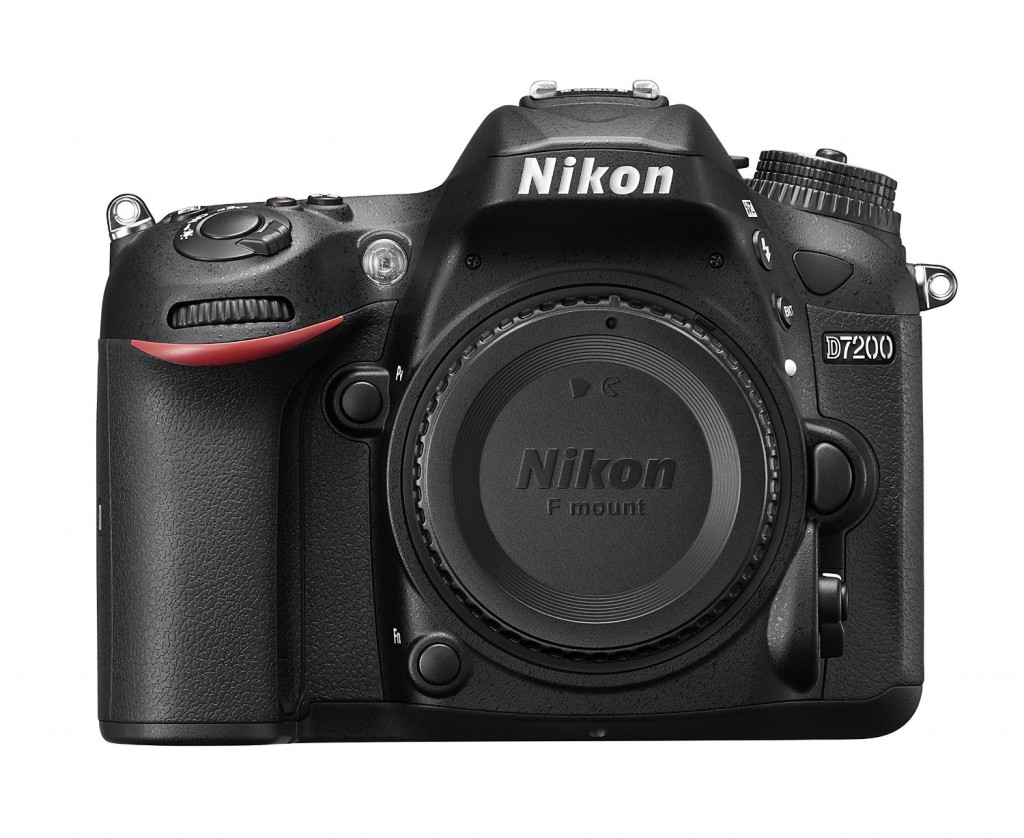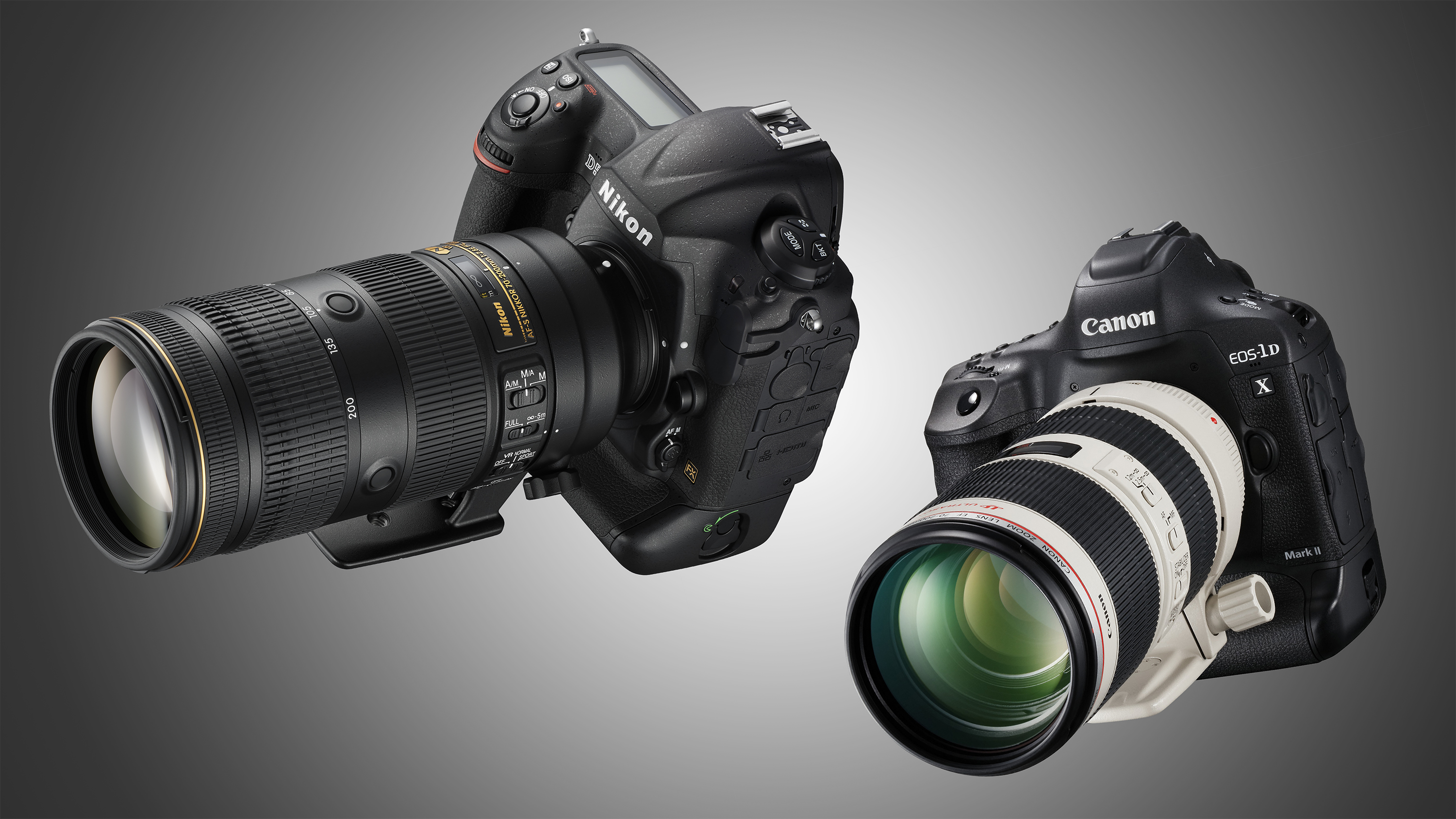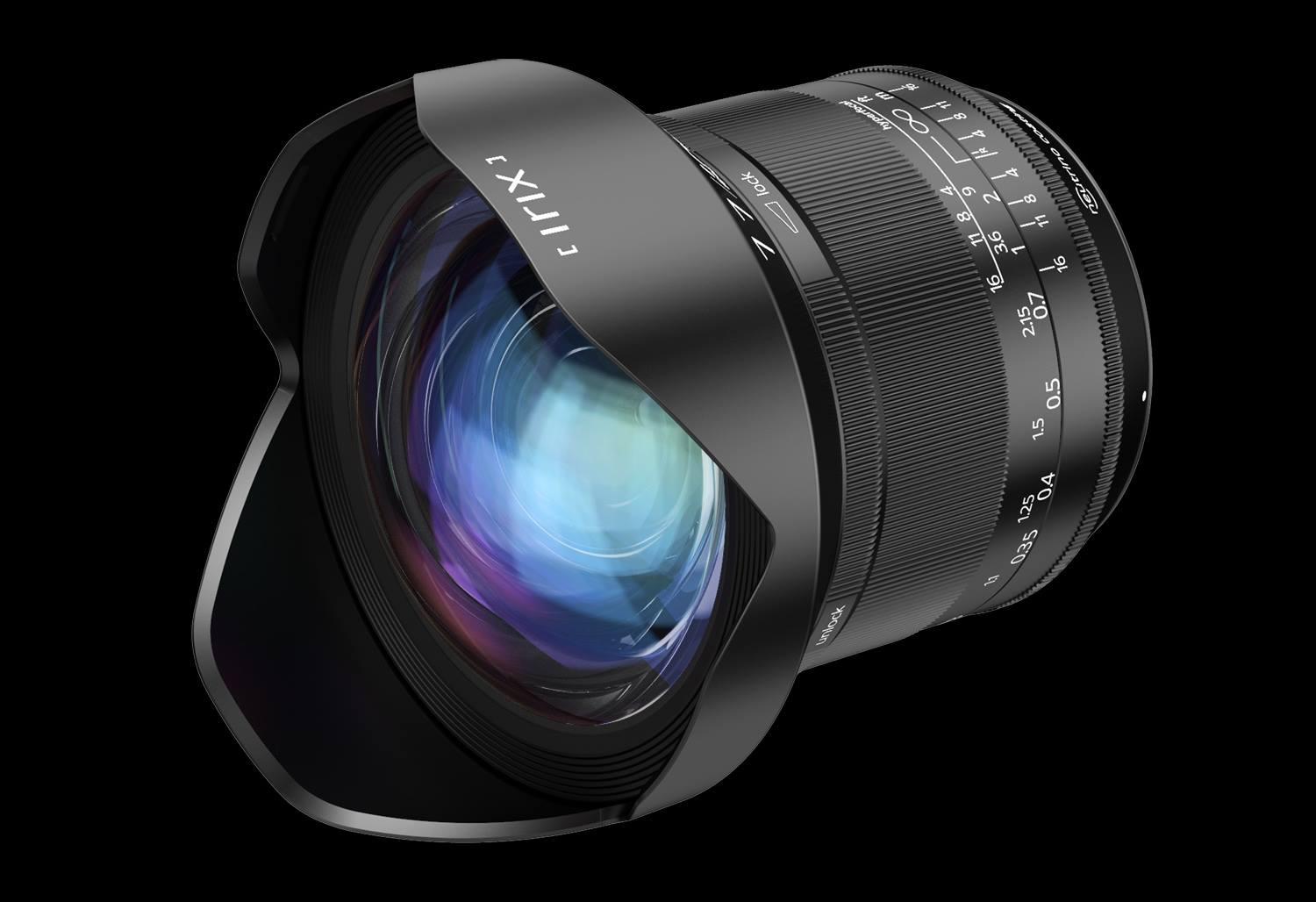
Īt first glance, the Fujifilm X-E4 might seem very similar to the X-T4 but in reality, it's quite a different camera.
#CURRENT NIKON FRAME DSLR CAMERAS FULL#
This is certainly a camera that you would buy if you're looking for something a little more specialist.įor more see our full Fujifilm X-Pro3 review. Released in 2019, the Fujifilm X-Pro3 has retained its high price point, and stock is increasingly harder to come by, otherwise, it might appear much higher in the list. Instead of having a screen that always shows an image, it has a screen that folds flat against the body and uses a small digital screen that imitates film packet slots on the back of film cameras. The hybrid electrical/optical viewfinder makes it stand out from other Fujifilm cameras as it offers a fully electronic mode, an optical mode with electronic overlays, and a digital rangefinder mode. The X-Pro 3 includes the latest 26.1MP X-Trans sensor, improved autofocus, and a unique screen design. Styled on a classic rangefinder camera but featuring the latest digital technology, The Fujifilm X-Pro3 review is aimed at people who want a retro camera with modern features. The Fujifilm X100V is perpetually out of stock around the world, and has a months-long order list so is not the easiest to buy, but that only demonstrates what an incredible camera this is, and well worth adding your name to the wait list.įor more see our full Fujifilm X100V review. The X100V is an advanced, APS-C fixed lens camera and is certainly aimed at enthusiasts, but its slick design and up-to-date features don't come cheap. It has the same 26.1MP X-Trans sensor as the X-T4 and the same hybrid viewfinder as in the X-Pro 3. It has the same exceptional build quality as all Fujifilm cameras in a small, pocketable version. With a street-friendly fixed lens equivalent to 35mm, it makes it the perfect camera for street photographers or portrait photographers alike. Five models later, the Fujifilm X100V is still a very popular choice for those who want a premium camera without the faff of changing lenses.

Or for sports photography, you might find the Nikon 600mm f/4 E gets you right up there with the action.Fujifilm's original X100 was the camera that sparked people's obsession with Fujifilm's retro-styled modern cameras. If you’re looking for a go-anywhere lens for street photography, then a 35mm might be your choice. An 85mm like the Nikon Z 85mm f/1.8 ED is a great choice. But if you want to step into portrait photography, think hard about a specialist portrait-length prime. Professionals value the quality you get from a prime lens and are prepared to pay for it. That’s not to say that prime lenses are cheap. Fewer compromises are made in design, and therefore high quality is easier (and cheaper) to achieve. They are less complex optically, and therefore cheaper to produce. And often for less money! There are simple reasons for this. Buyer’s Guide Why Choose a Nikon Prime Lens?įor any given focal length, a prime lens will almost certainly be faster and give better results. Or you can choose another function such as aperture or ISO.
#CURRENT NIKON FRAME DSLR CAMERAS MANUAL#
So you can use it in default mode as an always-available manual focus. The Nikon Z 85mm f/1.8 ED has a programmable control ring. Beautifully sharp with decently fast autofocus. Videographers might want to avoid it, as there is noticeable focus breathing.īut for portraits, this is a dream of a lens. There are no problems with flare or ghosts. It’s as optically true as you could hope for.Īs you would hope for in a portrait lens, the bokeh is beautiful.

There’s no need for auto distortion correction, as there is none. It is edge-to-edge sharp, even wide open at f/1.8. The Nikon Z 85mm f/1.8 ED is one of Nikon’s most advanced lenses. Videographers, among others, will love the Nikon Z 50mm f/1.8. Bokeh is beautiful, and focus breathing is undetectable. Images are incredibly sharp, and any distortion is dealt with in-camera.

But it can be programmed to perform a number of different functions like f-stop or ISO. So we have a lens with an electronic iris, a large maximum aperture, and a programmable control ring.īy default, this control ring provides instant manual focus override. So the lack of a mirror allows a shorter flange distance. Instead of simply reframing an existing lens, Nikon has chosen to reengineer it. This lens takes advantage of the opportunity offered by a new mirrorless format. It is superbly sharp and particularly well-suited to video work. The Nikon Z 50mm f/1.8 is not really a “nifty fifty,” because it is very expensive and large. If you buy a product through one of our referral links we will earn a commission (without costing you anything).


 0 kommentar(er)
0 kommentar(er)
